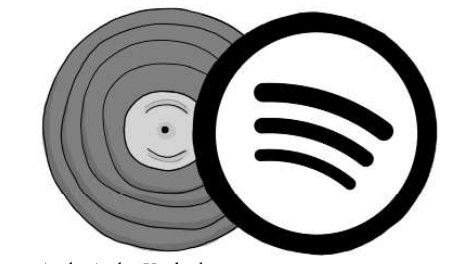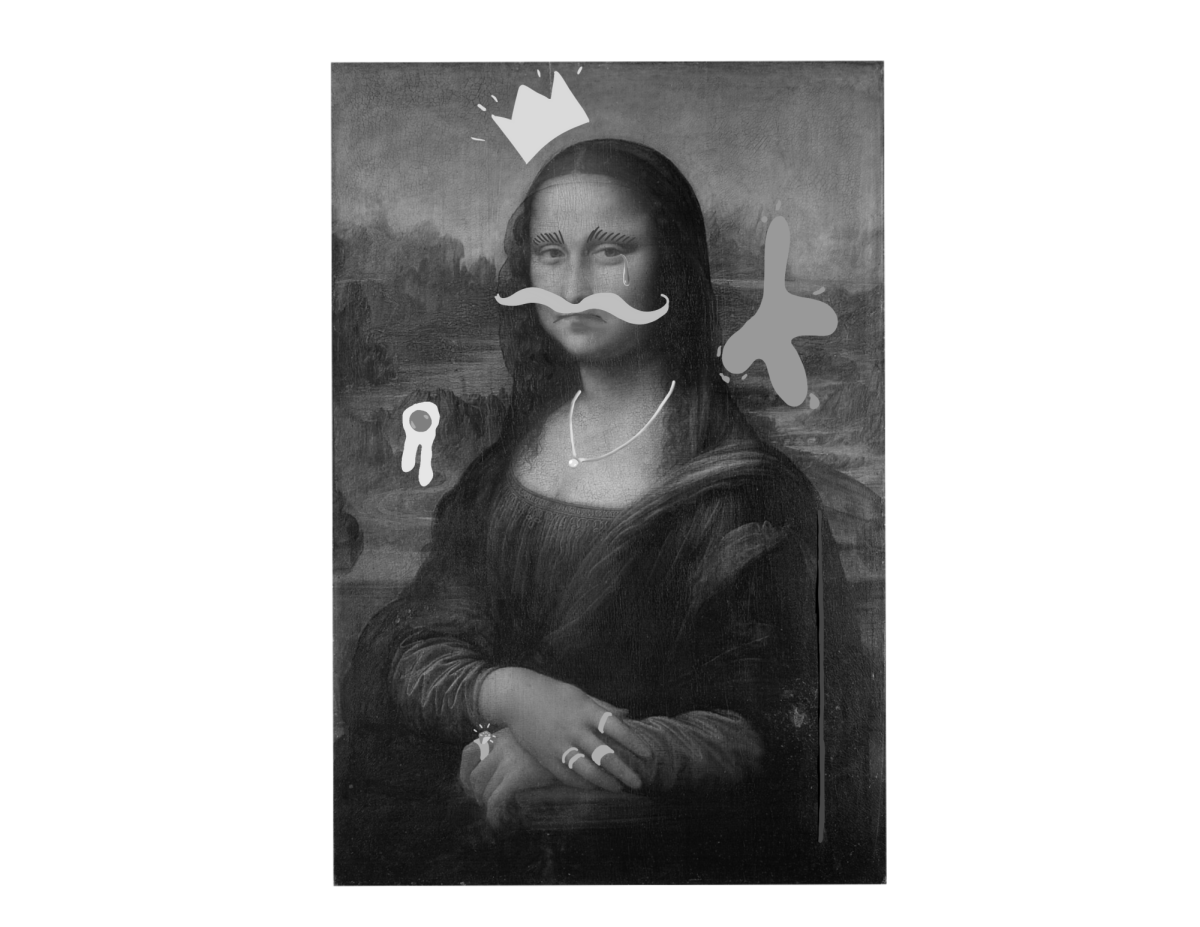In this new world of endless connection, entertainment, and ideas, more than just critics can share their opinions on art. While sometimes this is used to rave about Taylor Swift’s new album or excite about an upcoming Metallica concert, it’s obvious that other times the comments on the internet are not always positive. One of the most common comments regarding the new music industry is that it’s just “not as good as it used to be”, but is this the case?
One argument in favor of this point is that “all music now sounds the same”. This is said to be proven in that many modern songs follow similar chord progressions and song structures. An example of this would be the I-VI-IV-V chord progression seen in numerous pop songs such as Ed Sheeran’s “Perfect”, Luis Fonsi’s “Despacito”, and Imagine Dragons“Demons” to name a few. While this is a seemingly good point, others argue that similar strategies have always been used in music. The very similar I-IV-VI-V-I progression is a great example of a progression commonly used in the 70s and 80s, for example, Pat Benatar’s “Hit Me With Your Best Shot” and Boston’s “More Than A Feeling” both use this same chord progression.
Another argument against new music is that it’s “too simple”. As the cost and effort to make music has rapidly declined over the past century so has the trend of music into more production-heavy technical compositions instead of works focusing on the instruments involved. This shift in production has broken down the barrier into songwriting as music can now be made fairly cheap with little to no prior knowledge of instruments and music theory. “Simple” music is also the result of a mere change in trends. It’s not a new concept that simple music sells, our brain likes things it can predict, it’s that feeling of “I was right!” that gives us positive brain chemicals such as dopamine and adrenaline. Like the first argument, this one is also debunked by the same logic: old music is simple too. Beloved artists such as The White Stripes often had simpler and therefore easier to play instrumentals and vocals.

So, who’s right? Well, that’s up to you. For every “Hey Jude” there will be an “As It Was”, and for every “Friday” there will be a “Fight For Your Right”. Along with lower production quality and money-grab strategies, there is so much new music created each year. This increase in music therefore causes an influx in the sheer variety of genres and styles within the industry. While modern pop and rap music by famous artists may be pushed onto your radio and Spotify playlists, it’s important to note that there is and always will be more than that. Listen to a new genre, indie artist, or even a local band, just because you don’t like the flashy billboard does not mean there isn’t more beyond it. Music is an art and art is objective, find what works for you. After all, this new world of endless connection, entertainment, and ideas is made for, well, you.































